Introduction
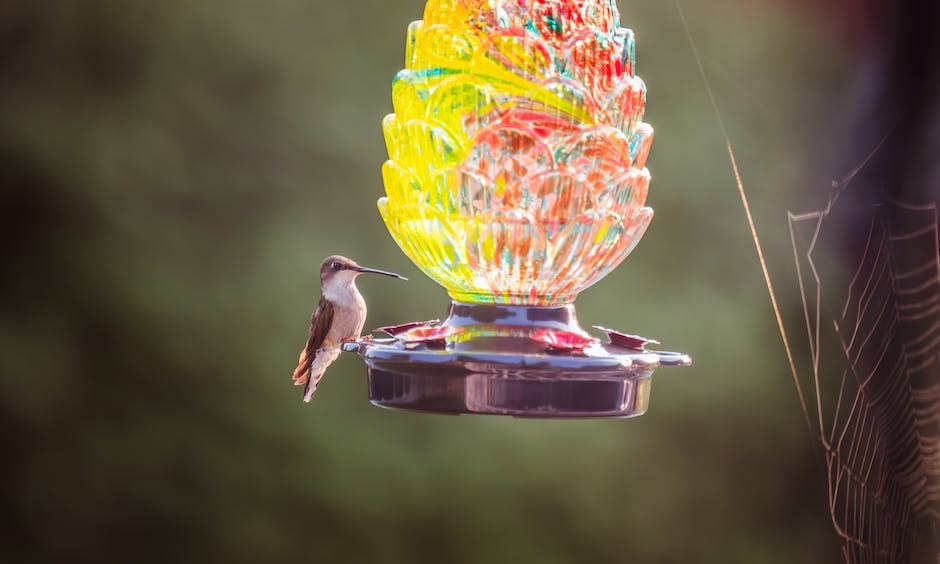
Doves, known for their gentle nature, graceful flying patterns, and distinctive cooing sounds, are beautiful birds that bring a touch of elegance to our surroundings. However, their presence at bird feeders can create challenges and disrupt the balance of the feeding environment.
Definition of a Dove

Doves belong to the Columbidae family and are recognized for their calm demeanor, soft cooing sounds, and elegant appearance. These medium-sized birds have plump bodies, small heads, and short beaks. They have adapted well to living in various habitats, including urban areas, woodlands, and close proximity to humans.
Why Doves are Problematic
While doves are captivating creatures, their presence at bird feeders can pose several challenges. One of the main issues is their voracious appetite, which often leads to a decrease in diversity and variety of bird species visiting the feeder. Additionally, their larger size and aggressive feeding behavior can intimidate smaller birds, preventing them from accessing the feeder altogether. This dominance creates an imbalanced feeding environment.
Furthermore, doves’ droppings can create a mess around the feeder, requiring frequent cleaning and maintenance. Some people may also find the noise produced by doves, particularly their cooing sounds, disruptive or undesirable in certain settings.
Considering these factors, it becomes important to find ways to manage dove presence at bird feeders in order to attract a diverse range of bird species and maintain a harmonious feeding environment.
In the following sections, we will explore strategies to deter doves from bird feeders. We will discuss identifying potential dove food sources, types of bird feeders that discourage doves, and supplemental methods to keep doves away. By implementing these strategies, you can create a more balanced and inviting feeding space for a wider array of bird species.
Stay tuned for the next sections, where we will delve deeper into these strategies and provide practical solutions to mitigate the challenges posed by doves at bird feeders.
Identifying Potential Dove Food Sources
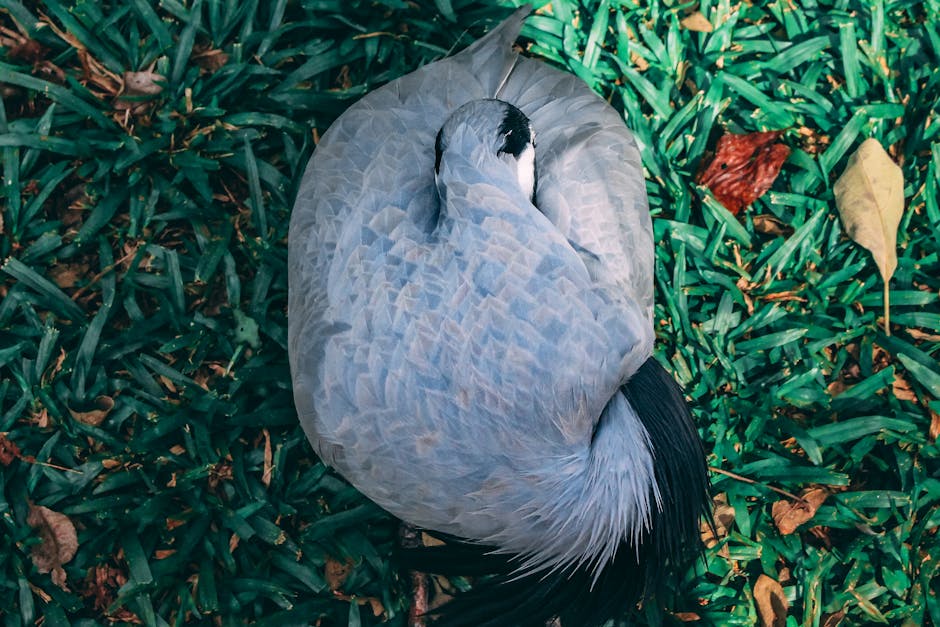
Doves are attracted to certain types of bird food, so it’s important to avoid using these in your bird feeder if you want to keep them away.
Common Types of Bird Food to Avoid
Doves are particularly drawn to seeds with high oil content, such as sunflower seeds and safflower seeds. Opt for other types of seeds that are less appealing to doves, such as nyjer seeds or white millet.
Another food that doves enjoy is millet. If you want to discourage doves from visiting your feeder, avoid using birdseed mixes that contain a high proportion of millet. Look for seed blends specifically formulated to attract smaller songbirds.
Understanding the Habits of Doves

To effectively deter doves from your bird feeder, it’s essential to understand their feeding habits and preferences.
Doves are ground-feeding birds and prefer to feed on the ground rather than on elevated feeders. Consider placing a tray or platform on the ground to provide an alternative feeding spot for them.
Open spaces are particularly attractive to doves. They prefer areas where they can easily spot potential food sources and keep an eye out for predators. To reduce dove presence, try moving the feeder to a more sheltered location, such as near shrubs or trees.
Doves are opportunistic feeders and will take advantage of easily accessible food sources. Regularly clean up fallen seeds and debris around your feeders to discourage doves from lingering in the vicinity.
Due to their larger size, doves may have difficulty perching on small or narrow feeding platforms. Opt for feeders with larger perches or wider feeding areas to make it less accommodating for doves. Alternatively, consider using feeders specifically designed to deter larger birds, such as caged feeders or tube feeders with smaller access holes.
By understanding the types of bird food that attract doves and their feeding habits, you can take appropriate measures to deter them from your bird feeder and ensure that smaller songbirds can access the food without competition. In the following sections, we will explore different types of bird feeders and supplemental strategies that can help keep doves away from your feeder area.
Types of Bird Feeders to Deter Doves

Choosing the right bird feeder can make a significant difference in deterring doves. Here are three effective types:
Caged Feeders
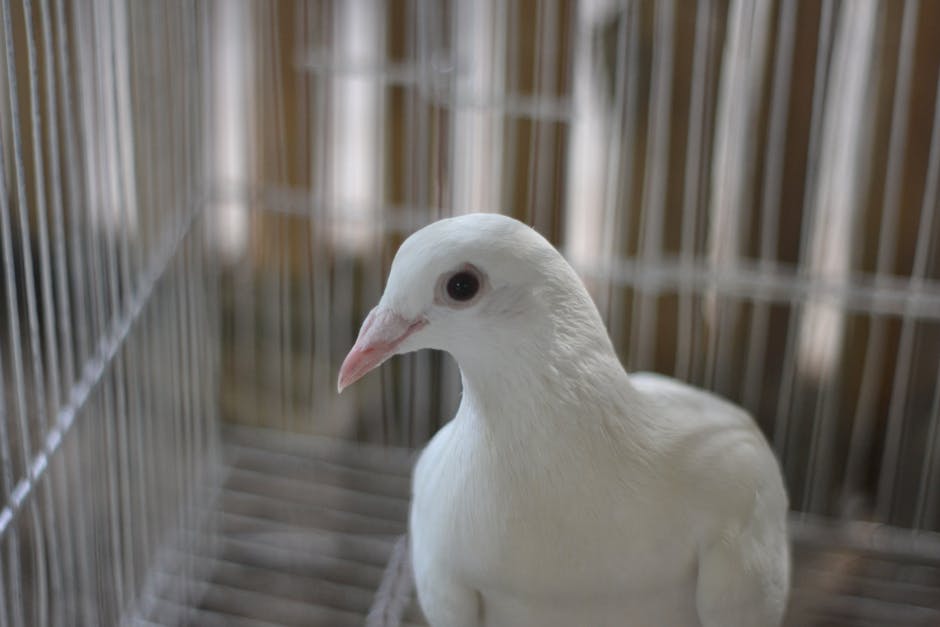
Caged feeders have a wire mesh or cage surrounding the feeding area. Smaller birds can access the food through the mesh or cage, while larger birds like doves are prevented from reaching it. Look for caged feeders with smaller mesh or narrower spacing between wires to ensure maximum efficiency.
Platform Feeders
Platform feeders consist of a flat tray or platform where bird food is placed. They are typically elevated or attached to a pole or tree. These feeders deter doves by not providing perching space for larger birds. Smaller birds, such as finches and sparrows, are more likely to use platform feeders.
Tube Feeders
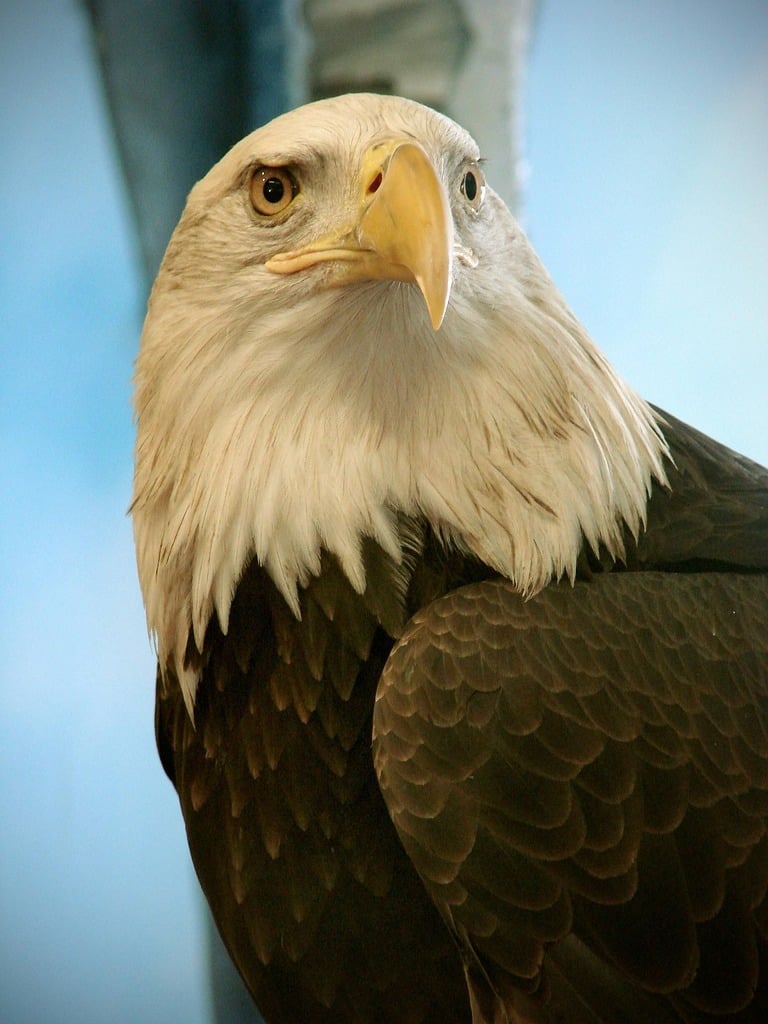
Tube feeders are long, cylindrical containers with multiple feeding ports. They accommodate smaller birds while deterring larger birds like doves. Opt for tube feeders with shorter perches or no perches at all to make them less accessible to doves.
By incorporating these types of bird feeders into your backyard or garden, you can create an environment that is less inviting to doves.
Supplemental Ways to Keep Doves Away
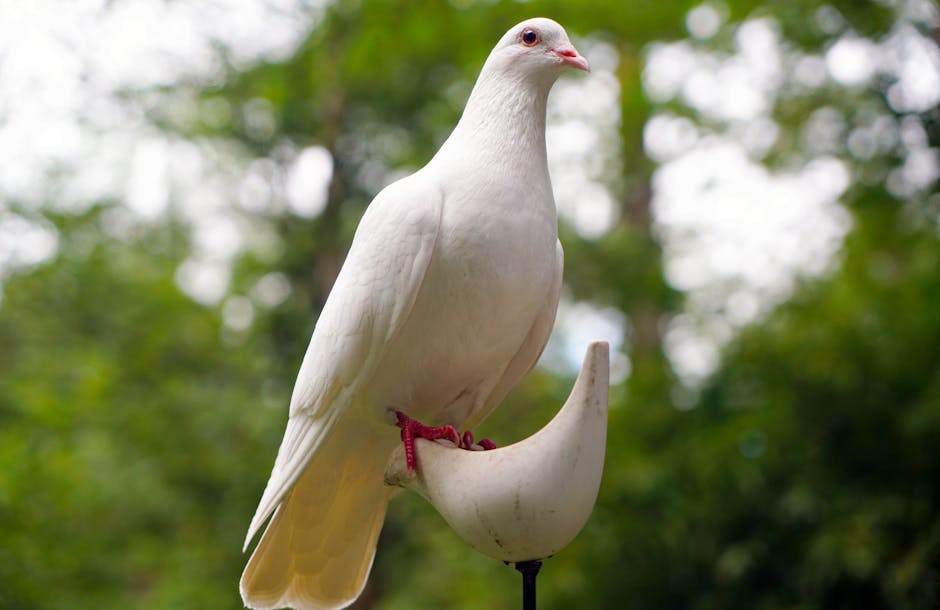
To further discourage doves from your bird feeder, consider these strategies:
Keeping the Feeder Area Clean
-
Regularly clean the ground underneath the feeder: Remove fallen seeds or waste from the ground underneath the feeder to eliminate a food source for doves.
-
Use a tray or platform feeder with a screen or mesh bottom: Consider using a tray or platform feeder with a screen or mesh bottom. This allows smaller birds to access the feeder while deterring doves.
Utilizing Visual Deterrents
-
Hang reflective objects: Reflective objects like CDs, aluminum foil strips, or wind chimes can startle doves and make them wary of the area.
-
Install scarecrow-like devices: Place fake owls or hawks near the feeder to mimic natural predators and intimidate doves.
-
Use visual barriers: Install netting or fishing line around the feeder to create obstacles for doves without obstructing smaller birds’ access.
Incorporating Sound Deterrents

-
Wind chimes or bells: Hang wind chimes or bells near the feeder to create noise and movement that discomfort doves.
-
Motion-activated sprinkler system: Set up a motion-activated sprinkler system near the feeder to startle doves with a sudden burst of water.
By implementing these supplemental strategies, you can further discourage doves from frequenting your bird feeder. Combine these methods with appropriate bird feeders and food sources to create an environment that attracts desired bird species while minimizing dove presence.
Conclusion

In this article, we have explored effective strategies for keeping doves away from bird feeders. By implementing a multi-faceted approach, you can create an environment that encourages smaller bird species while discouraging the dominance of doves. Let’s recap the strategies discussed and highlight the benefits of employing them.
Recap of Strategies
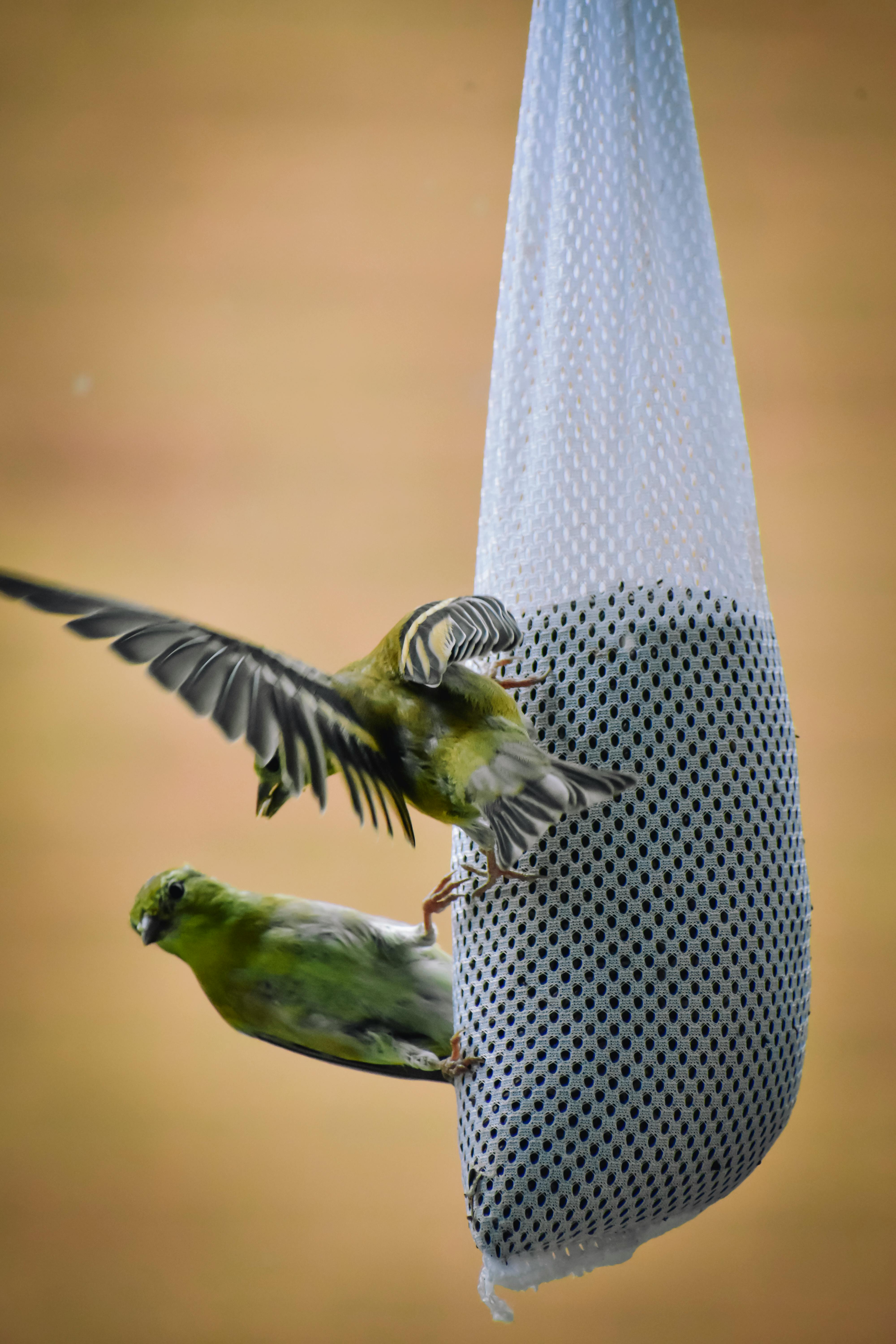
-
Adjust the feeder design: Use feeders with smaller perches or openings to prevent larger birds like doves from accessing the food. This allows smaller birds to feed without competition.
-
Install a baffle or dome: Attach a baffle or dome above or below the feeder to create an obstacle that doves cannot navigate. This physical barrier effectively deters doves while allowing other birds to access the feeder.
-
Provide selective feeding options: Offer feed that is less attractive to doves, such as Nyjer seeds or safflower seeds, to discourage their presence. Doves are more likely to be deterred by these alternative food choices, leaving the feeder available for other bird species.
-
Create physical barriers: Surround the feeder with wire mesh or fencing to create a barrier that doves cannot penetrate. This ensures that only smaller birds can access the feeder, reducing competition for food.
-
Modify feeding location: Place the feeder in an area where it is difficult for doves to perch or access, such as near dense shrubs or under a roof overhang. This strategic placement makes it easier for smaller birds to access the feeder while making it challenging for doves to reach.
Summary of Benefits
Implementing these strategies offers several benefits for both birds and bird enthusiasts.
-
Preserve food for smaller birds: By deterring doves, you create an opportunity for smaller, more delicate bird species to access the feeder and enjoy the food without competition. This promotes their well-being and ensures they receive an adequate food supply.
-
Promote species diversity: Discouraging doves from dominating the bird feeder creates an environment that allows for greater species diversity. Allowing a variety of bird species to access the feeder enhances the overall ecosystem and provides a richer bird-watching experience.
-
Protect sensitive habitats: Doves are known to be ground foragers, and their presence around bird feeders might disrupt or damage sensitive habitats. By deterring doves, you help protect these habitats and maintain the natural balance of the surrounding environment.
-
Reduce seed waste: Doves have a tendency to scatter seeds and create waste around feeders. By limiting their presence, you can minimize seed wastage and ensure that the food is utilized more efficiently by the birds that truly need it.
In conclusion, employing a combination of feeder adjustments, physical barriers, selective feeding options, and strategic placement can effectively deter doves from bird feeders. By implementing these strategies, you not only preserve food for smaller bird species but also promote species diversity, protect sensitive habitats, and reduce seed waste. Creating an environment that caters to a wide range of bird species enhances your bird-watching experience and contributes to the overall well-being of the avian ecosystem.
Frequently Asked Questions
Frequently Asked Questions
Q: How can I keep doves away from my bird feeder?

A: To keep doves away from your bird feeder, you can try several strategies. These include using feeders with smaller perches or openings, installing baffles or domes as physical obstacles, providing selective feeding options, creating physical barriers around the feeder, and modifying the feeding location to make it difficult for doves to access.
Q: What types of bird feeders are effective in deterring doves?
A: There are several types of bird feeders that can effectively deter doves. Caged feeders with smaller mesh or narrower spacing, platform feeders that don’t provide perching space for larger birds, and tube feeders with shorter perches or no perches at all are all effective options.
Q: What kind of bird food should I avoid using to discourage doves?
A: To discourage doves from visiting your bird feeder, it’s best to avoid using seeds with high oil content, such as sunflower seeds and safflower seeds. Doves are also attracted to millet, so it’s advisable to avoid birdseed mixes with a high proportion of millet.
Q: Are there any visual deterrents I can use to keep doves away?
A: Yes, you can utilize visual deterrents to discourage doves. Hanging reflective objects like CDs or aluminum foil strips can startle doves. You can also place fake owls or hawks near the feeder to mimic natural predators and intimidate doves. Installing netting or fishing line around the feeder can create obstacles without obstructing smaller birds’ access.
Q: Are there any sound deterrents that can help keep doves away?
A: Yes, incorporating sound deterrents can be effective in deterring doves. Hanging wind chimes or bells near the feeder can create noise and movement that discomfort doves. Another option is to set up a motion-activated sprinkler system near

Leave a Reply